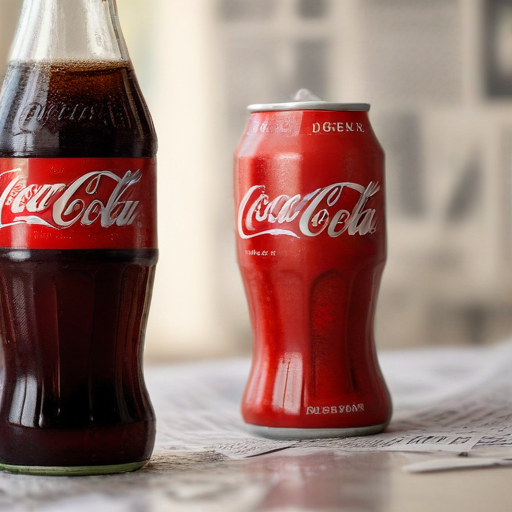Consumers in the U.S. are increasingly opting for weight loss drugs and non-alcoholic drinks, leading to a slowdown in soda purchases. Despite this trend, Coca-Cola reported strong second-quarter earnings, which exceeded market expectations and was fueled by solid international demand for its beverages. As a result, the beverage company raised its full-year projections.
Coca-Cola’s CEO, James Quincey, expressed satisfaction with the company’s performance, noting notable growth in sales and operating income amidst a challenging market environment. However, he highlighted that in North America, soda sales volume dipped by 1% in the latest quarter, largely attributed to reduced sales in away-from-home venues where products like water, tea, coffee, and soda are typically consumed.
This decline was somewhat balanced out by the success of Coca-Cola’s Fairlife milk and its flagship beverage, Coke, which ranked as the top and second highest in retail sales growth, respectively. To counteract falling soda sales, Coca-Cola is collaborating with fast-food restaurants to make its products a staple in combo meal deals, including a partnership with McDonald’s aimed at enhancing the value of its $5 meal offer.
In impressive fashion, Coca-Cola reported revenue of $12.4 billion for the second quarter, surpassing analyst forecasts of $11.76 billion. The company has also raised its forecast for organic revenue growth to a range of 9% to 10%, an increase from its earlier guidance of 8% to 9%.
On a similar note, PepsiCo has faced challenges in acquiring the attention of American consumers, who are leaning towards healthier lifestyle choices. Earlier in July, Pepsi attributed its modest second-quarter performance to a series of product recalls.
In summary, while traditional soda consumption is facing pressures from evolving consumer preferences, Coca-Cola demonstrates resilience and adaptability in its business strategy, suggesting a positive outlook for the company amid a shifting landscape.
